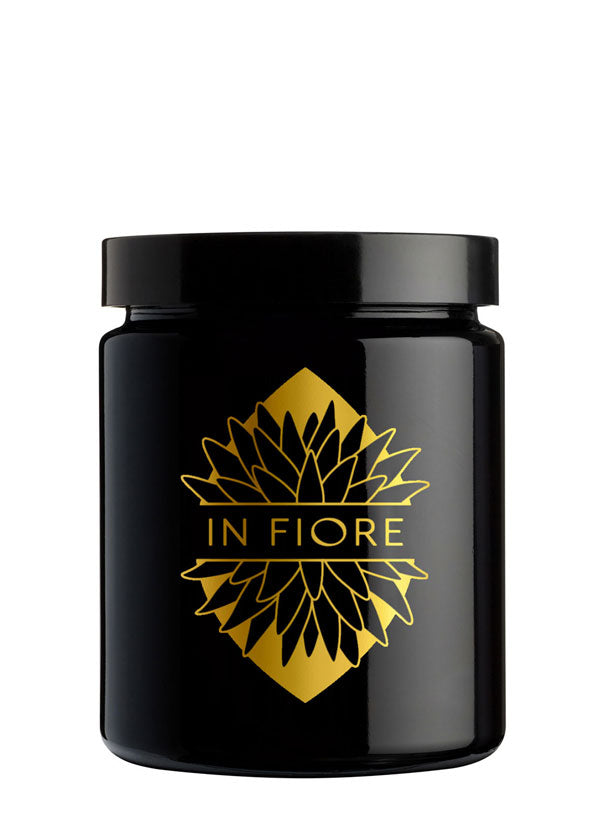Sandalwood for Physical and Spiritual Health

Sandalwood, with its rich, woody aroma, stands as a testament to the power of nature's subtlety. Revered across various cultures and traditions, it is not just a fragrant wood but a symbol of serenity and spiritual resonance. Its smooth, creamy, and warm scent has the unique ability to calm the mind, soothe the senses, and transport one to a state of peaceful introspection. In the world of aromatics, sandalwood is a harmonizing agent, often used to deepen meditation and spiritual practices. It bridges the gap between the earthly and the divine, guiding the path to inner peace.
Pharmaceutical Name: Lignum Santali
Alternate Names: Chandan (Sanskrit and Hindi), Tan Xiang (Chinese), Sandelholz (German), Sandalo (Italian and Spanish), Santal (French).
Constituents: The essential oil component is primarily santalol, contributing to its distinctive fragrance. Other constituents include teresantalol, epi-beta-santalol, and beta-santalol.
Tropism: Venous and lymphatic circulation, Large Intestine, Heart, Lung meridians, Warmth, Fluid, Air bodies. Sandalwood primarily affects the skin, nervous system, and spiritual/emotional body. It is known for its grounding and calming effects.
Preparation: The heartwood is prepared by decoction or tincture. The essential oil is prepared through steam distillation of the heartwood and sometimes the roots. The oil can be used in its pure form or a dilution for various therapeutic and aromatic purposes.
Essential Function: Sandalwood oil is renowned for its antiseptic, anti-inflammatory, antispasmodic, and astringent properties. It's also a well-known sedative that helps calm the mind and body.
Traditional Use: Traditionally, sandalwood has been used in incense, perfumes, attars, and cosmetic preparations, and as an aid to meditation practices. It is also used in traditional healing systems for treating various physical and mental ailments such as lymphatic congestion, congestion of the intercellular spaces, feelings of isolation, and obsessive worry.
Physiological: Nebulizer inhalation, gel cap, suppositry, external applications. Sandalwood is primarily nervous trophorestorative and indicated for stress-related conditions such as fatigue, debility, anxiety, and nervous breakdown
Psychological: Aromatic diffusion, whole body massage. Sandalwood is primarily sensory integrating in sensory-emotional deficiency. It promotes cognitive flexibility and integration, strength, and stability. It is especially beneficial in reducing repetitive and scattered thinking and encourages strength and stability.
Topical: Balm, oil (liniment), cream, and compresses. Sandalwood oil is primarily indicated for dry, dehydrated, and sensitive skin types and conditions such as acute dermatitis and skin inflammation with itching.
TCM: Stabilizing, Neutral to cool nature. Sandalwood settles the Heart, calms the Shen, and relieves debility. It is used to calm the heart and mind, cool down the body, relieve 'Qi' stagnation, clear heat, and dries damp and astringes fluids.
Ayurveda: The people of India venerate sandalwood for its emanating spiritual radiance and protective energies. It is considered to be a symbol of vitality and is highly valued in Ayurveda for its cooling and calming properties. It is believed to pacify Pitta dosha and is used in treatments for conditions arising from excess heat in the body.
Chakra Affinity: Sandalwood is closely associated with the third eye (Ajna) chakra, aiding in opening and balancing this energy center to enhance intuition and spiritual insight.
Psychospiritual: On a spiritual plane, sandalwood integrates the physical with the spiritual. It grounds and connects with higher consciousness, deepening meditative states, enhancing prayer, and facilitating the connection with the divine.
Anthroposophical Perspective: In Anthroposophy, sandalwood's grounding yet uplifting qualities are seen as beneficial for balancing the etheric and astral bodies.
The astral plane is where emotions, desires, and sensations come alive. Known for its profound influence on the astral body, sandalwood harnesses dynamic and emotional energies. It is thought to help balance and harmonize the astral forces, aiding in managing emotions and desires.
Sandalwood's unique properties are said to strengthen the astral body, enhancing creativity and artistic expression while aiding in the individual's emotional and intellectual development. In this way, sandalwood serves as a conduit for experiencing the depths of our emotions and as a grounding agent, helping to navigate the often turbulent waters of the astral plane.
The etheric plane embodies the life force that animates physical existence, and sandalwood supports and vitalizes this essential energy. It enhances the functioning of the etheric body, which is responsible for the physical body's growth, regeneration, and overall vitality. Sandalwood's association with the etheric body is particularly evident in its reputed healing properties, often used in Anthroposophical medicine to address physical ailments rooted in etheric imbalances. By aligning with the natural rhythms and cosmic patterns represented in the etheric plane, sandalwood helps maintain the harmonious operation of bodily functions and promotes physical health. It acts as a bridge between the body and the natural world, echoing the etheric plane's role in connecting individual life processes with the broader rhythms of the universe. Thus, from the anthroposophical perspective, sandalwood is not just a physical substance but a spiritual tool that enhances the interplay between the astral and etheric planes, fostering a holistic sense of well-being.
References
Peter Holmes LAc, MH, The Energetics of Western Herbs, A Materia Media Integrating Western & Chinese Herbal Therapies. 1989-2006 Peter Holmes, Snow Lotus Press.
Peter Holmes LAc, MH. Aromatica, A Clinical Guide to Essential Oil Therapeutics. 2019 Peter Homes, Singing Dragon Press.
Bruce Berkwosky, N.M.D, M.H., H.M.C. Berkowsky's Synthesis Materia Medica/Spiritualis of Essential Oils. 1998-2007 Joseph Ben Hil-Meyer Research, Inc.

